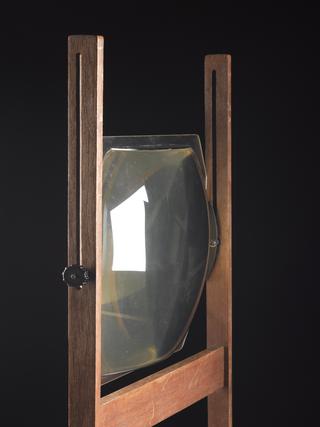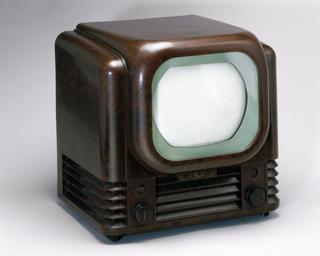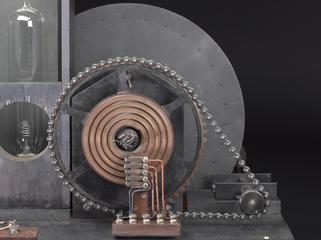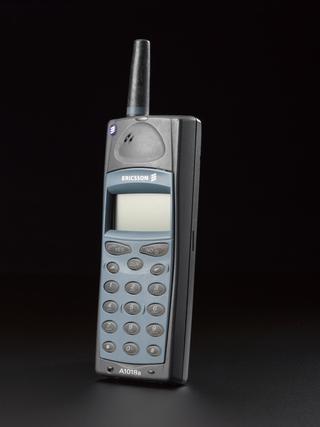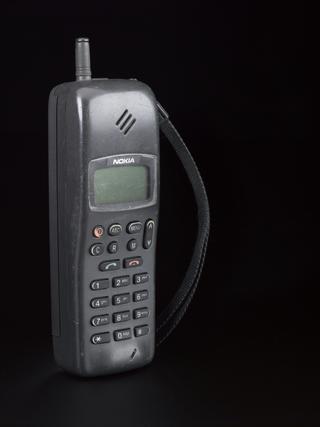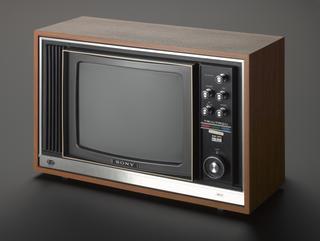
Experimental transmitting ‘jigger’ used by the Marconi Company, 1899
- Made:
- 1899 in Chelmsford
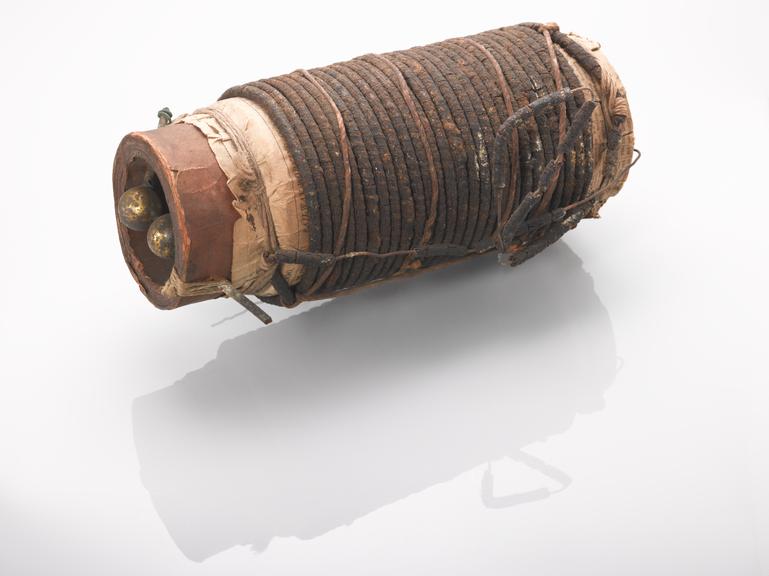
Experimental transmitting ‘jigger’ or oscillation transformer used by the Marconi Company, probably made by Marconi's Wireless Telegraphy Company, Chelmsford, Essex, England, 1899.
The 'jigger' was Marconi's name for a particular type of radio-frequency transformer. In the transmitter, the spark-gap discharged a capacitor of high value (and hence high-energy storage) through the primary of the transformer, forming a closed circuit capable of sustained oscillation; the aerial was connected to the secondary. In the receiver, the transformer enabled the aerial to deliver a higher voltage to the high-impedance load provided by the coherer. When introduced in 1899 transmission distances of over 60 miles were soon being achieved. The jigger was one of Marconi's major contributions to the development of wireless telegraphy. Much of the research work was carried out by a Marconi research team working under R N Vyvyan, who later recorded that many different designs were tried.
Details
- Category:
- Radio Communication
- Object Number:
- 1923-434/1
- Materials:
- cardboard, paper (fibre product), copper (alloy), iron, gutta-percha and twine
- Measurements:
-
overall: 160 mm x 225 mm x 100 mm diameter, .684 kg
- type:
- transformer
- credit:
- Donated by the Institution of Electrical Engineers
